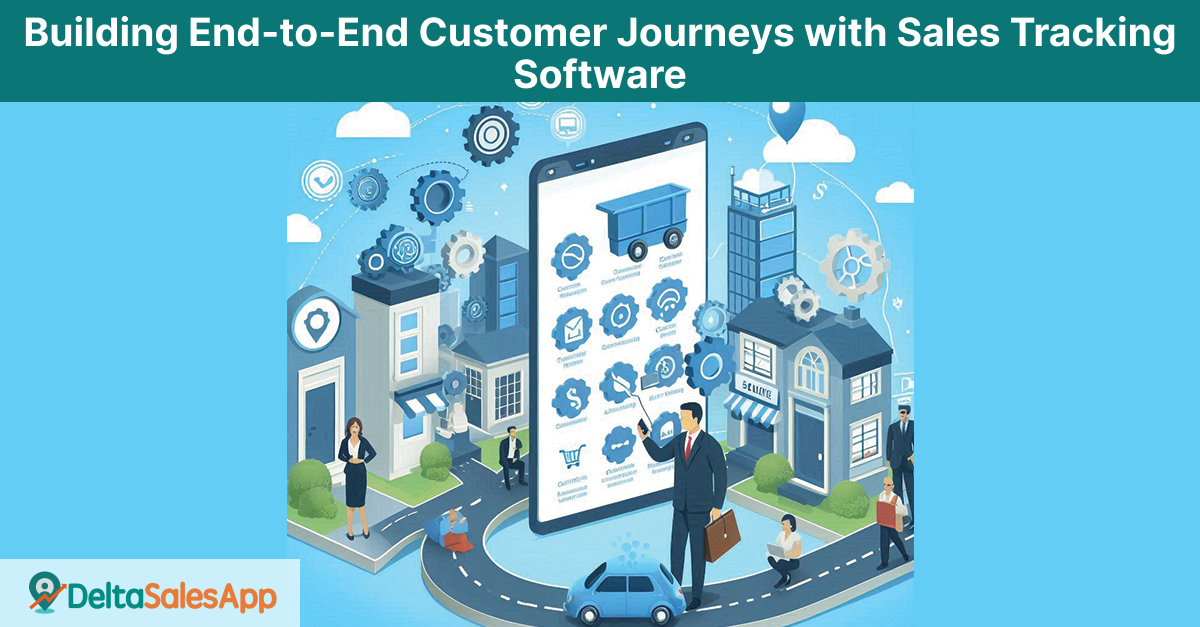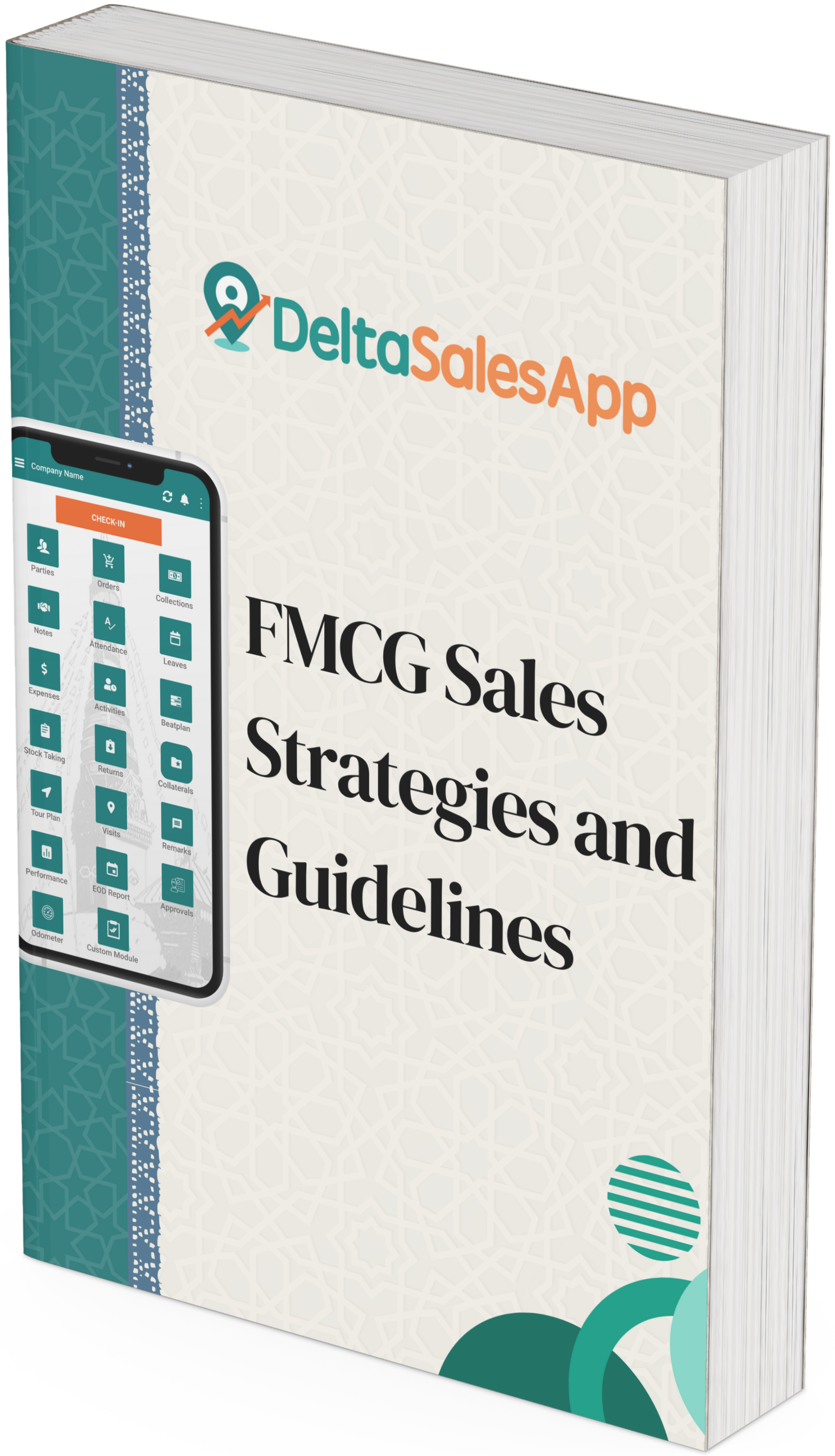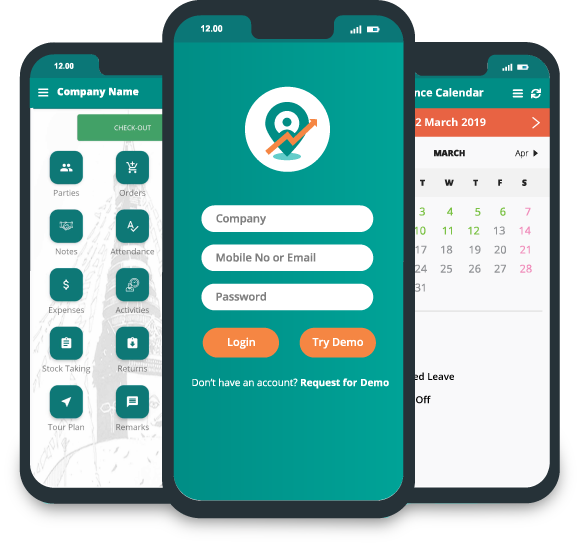Building End-to-End Customer Journeys with Sales Tracking Software

In today's fast-paced business environment, understanding and refining the customer's purchasing experience—commonly known as the customer journey—is not just important; it's integral. From the moment a prospective buyer becomes aware of a product or service to the second they make the purchase (and beyond), there is a complex web of interactions. This customer-centric approach to sales processes is critical in differentiating your business and ensuring customer retention and satisfaction.
One of the most powerful tools in crafting and managing these customer journeys is Sales Tracking Software (STS). Sales Tracking Software is a powerful ally in managing the nuances of the customer experience, identifying areas for growth, and optimizing sales team performance. This post will detail how businesses can leverage STS to create seamless and satisfying customer journeys, from touchpoint analysis to post-purchase satisfaction tracking.
Introduction to End-to-End Customer Journeys
The customer's path to purchase is not a simple, linear process. It is often a meandering voyage influenced by myriad factors—advertisements, online research, peer recommendations, and previous experiences with the brand. These interactions, or touchpoints, sculpt the customer's perception and eventually guide their decision to buy.
Understanding the end-to-end customer journey involves mapping and analyzing every possible touchpoint your customers may encounter. This includes pre-sales marketing, the sales transaction itself, and post-sales customer support. By visualizing this journey, businesses can align their sales strategies with customer needs and expectations, leading to improved satisfaction and loyalty.
Importance of Sales Tracking Software
Sales Tracking Software is a valuable technology tool that empowers businesses to gain detailed insights into the selling process. Through tracking and analysis, Sales Tracking Software allows sales teams to effectively monitor customer interactions and sales patterns, enabling them to make data-driven decisions to optimize their efforts.
The importance can be highlighted in several ways:
Efficiency:
Sales Tracking Software streamlines the sales process, making it more efficient and leaving less room for error.
Customer Insight:
It provides actionable data on customer needs and behaviors, which can be used to tailor the sales approach.
Performance Metrics:
It tracks the performance of sales reps against various parameters, enhancing accountability and motivation.
Forecasting:
It aids in better predicting sales trends and customer behavior, leading to more accurate business planning.
Understanding the Customer Journey in Sales
The customer journey in sales can be broken down into multiple stages. These stages represent the customer's mindset and tasks at different points of their buying process.
Awareness:
The customer recognizes they have a problem or a need. They are now your potential audience.
Consideration:
The customer is considering solutions and your brand is on their radar.
Decision:
The customer is looking at various vendors and deciding which product to buy.
Retention:
The post-purchase phase, where maintaining a positive relationship is crucial
How Sales Tracking Software Enhances Customer Journeys?
Sales Tracking Software is the silent observer in your sales process, making sure every move is documented and analyzed for improvement. Here are several ways STS helps create smoother customer journeys:
Data-Driven Personalization:
SalesTracking Software can provide the insight required to personalize the customer's experience, catering to their specific needs and preferences.
Efficient Communication:
With all sales data in one place, Sales Tracking Software enables the sales team to coordinate customer interactions and outreach more efficiently.
Smoother Handoffs:
In businesses with complex sales processes, Sales Tracking Software ensures that the handover from marketing to sales and then to after-sales support is seamless.
Customer Feedback Loops:
Sales Tracking Software facilitates the collection and analysis of customer feedback, which is vital in refining and improving the entire customer experience.
Conclusion
With the right Sales Tracking Software, businesses can glean invaluable data and insight, optimizing the customer's path to purchase at every stage. From the initial acquisition to long-term customer loyalty, Sales Tracking Software can be the linchpin in forging positive, productive customer journeys. By following best practices and learning from successful models, any business can leverage STS to its full potential, ensuring a competitive edge and sustained growth in a customer-driven marketplace.
Explore deeper insights in our previous blog to know Sales Tracking Software Trends: What's Next for Businesses?









